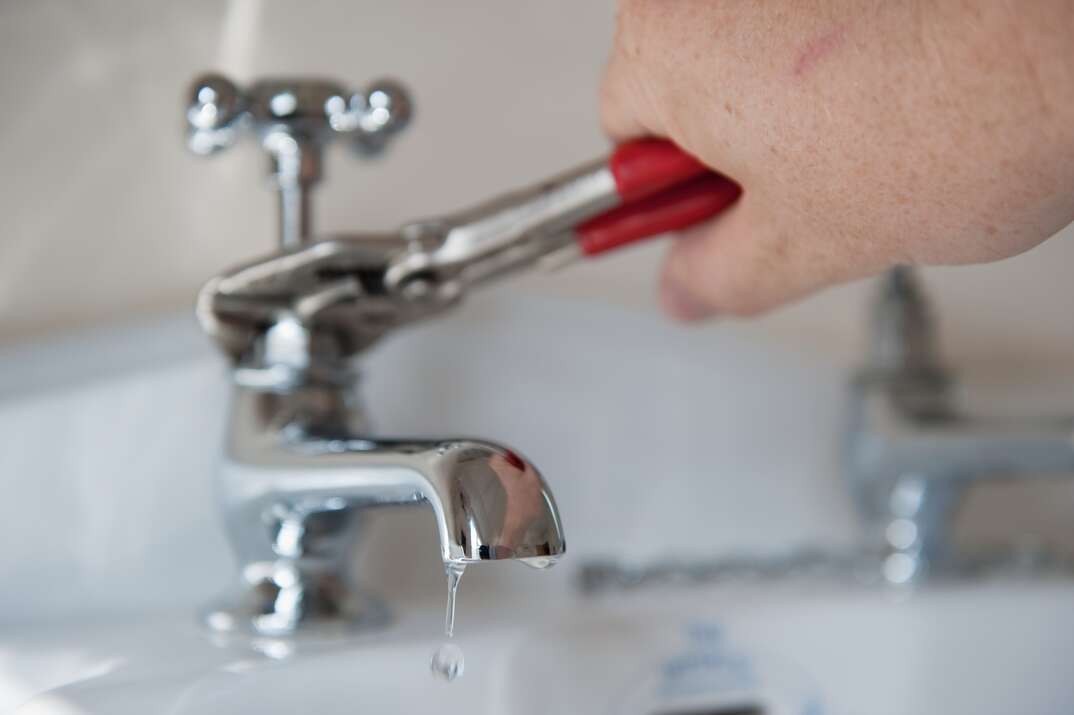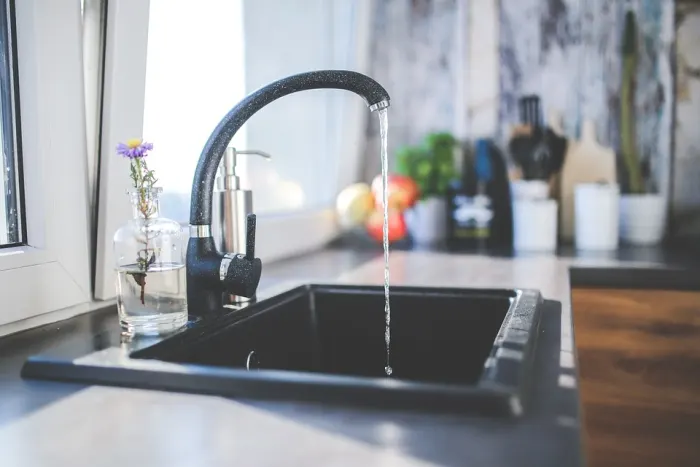Plumbing Sound Type Checklist
Plumbing Sound Type Checklist
Blog Article
We've stumbled on this article about Diagnose Unwanted Plumbing Noises below on the net and concluded it made sense to share it with you over here.

To detect noisy plumbing, it is necessary to determine initial whether the unwanted audios occur on the system's inlet side-in various other words, when water is turned on-or on the drain side. Sounds on the inlet side have differed causes: too much water stress, worn shutoff and faucet components, incorrectly attached pumps or other appliances, inaccurately placed pipeline bolts, as well as plumbing runs having a lot of limited bends or other limitations. Sounds on the drain side normally originate from bad area or, as with some inlet side sound, a format containing tight bends.
Hissing
Hissing sound that occurs when a faucet is opened a little generally signals extreme water stress. Consult your local water company if you believe this problem; it will have the ability to inform you the water pressure in your location and also can mount a pressurereducing valve on the incoming water system pipeline if required.
Thudding
Thudding noise, typically accompanied by trembling pipelines, when a tap or appliance valve is shut off is a problem called water hammer. The sound and resonance are brought on by the reverberating wave of pressure in the water, which unexpectedly has no area to go. Sometimes opening a valve that discharges water quickly into an area of piping containing a limitation, elbow, or tee fitting can create the exact same problem.
Water hammer can generally be cured by installing fittings called air chambers or shock absorbers in the plumbing to which the issue valves or faucets are connected. These devices allow the shock wave produced by the halted flow of water to dissipate airborne they consist of, which (unlike water) is compressible.
Older plumbing systems may have short vertical sections of capped pipe behind walls on faucet runs for the exact same purpose; these can eventually fill with water, reducing or destroying their effectiveness. The cure is to drain the water system completely by shutting off the main supply of water valve and also opening up all taps. After that open up the major supply shutoff as well as shut the faucets one by one, beginning with the tap nearest the valve and finishing with the one farthest away.
Babbling or Shrieking
Intense chattering or shrieking that occurs when a valve or tap is activated, which generally goes away when the fitting is opened totally, signals loosened or faulty interior parts. The solution is to replace the shutoff or tap with a new one.
Pumps and appliances such as cleaning devices and dishwashers can move electric motor noise to pipes if they are improperly attached. Connect such things to plumbing with plastic or rubber hoses-never stiff pipe-to isolate them.
Other Inlet Side Noises
Squeaking, squealing, scraping, snapping, and touching normally are caused by the expansion or tightening of pipelines, typically copper ones providing hot water. The noises take place as the pipes slide versus loosened fasteners or strike neighboring house framing. You can typically pinpoint the area of the issue if the pipelines are subjected; just adhere to the noise when the pipes are making sounds. Probably you will discover a loosened pipeline hanger or a location where pipes lie so near floor joists or various other framing pieces that they clatter against them. Connecting foam pipe insulation around the pipes at the point of get in touch with ought to remedy the trouble. Be sure bands as well as hangers are safe and secure and give sufficient assistance. Where possible, pipeline fasteners should be connected to huge architectural elements such as structure walls instead of to mounting; doing so reduces the transmission of vibrations from plumbing to surface areas that can enhance and also transfer them. If affixing fasteners to framework is unavoidable, cover pipes with insulation or various other resilient product where they speak to fasteners, as well as sandwich completions of new fasteners in between rubber washing machines when installing them.
Dealing with plumbing runs that suffer from flow-restricting limited or various bends is a last hope that must be undertaken only after seeking advice from a skilled plumbing professional. Regrettably, this scenario is fairly common in older homes that might not have actually been constructed with interior plumbing or that have actually seen several remodels, especially by novices.
Drain Sound
On the drainpipe side of plumbing, the principal objectives are to remove surface areas that can be struck by dropping or hurrying water and also to shield pipelines to contain inevitable audios.
In new building, tubs, shower stalls, commodes, and wallmounted sinks and containers need to be set on or against resistant underlayments to reduce the transmission of sound through them. Water-saving toilets as well as faucets are much less loud than conventional versions; mount them as opposed to older types even if codes in your area still permit utilizing older fixtures.
Drainpipes that do not run vertically to the basement or that branch into horizontal pipe runs supported at floor joists or other mounting existing specifically frustrating sound issues. Such pipes are big enough to radiate considerable vibration; they also lug considerable amounts of water, which makes the situation worse. In new construction, define cast-iron dirt pipelines (the big pipes that drain toilets) if you can afford them. Their massiveness has a lot of the sound made by water going through them. Likewise, avoid transmitting drainpipes in wall surfaces shown to bed rooms as well as spaces where individuals collect. Walls containing drains need to be soundproofed as was defined previously, utilizing double panels of sound-insulating fiber board and also wallboard. Pipelines themselves can be wrapped with unique fiberglass insulation produced the purpose; such pipelines have an impervious plastic skin (in some cases containing lead). Results are not constantly adequate.
WHY IS MY PLUMBING MAKING SO MUCH NOISE?
This noise indeed sounds like someone is banging a hammer against your pipes! It happens when a faucet is opened, allowed to run for a bit, then quickly shut — causing the rushing water to slam against the shut-off valve.
To remedy this, you’ll need to check and refill your air chamber. Air chambers are filled with — you guessed it — air and help absorb the shock of moving water (that comes to a sudden stop). Over time, these chambers can fill with water, making them less effective.
You’ll want to turn off your home’s water supply, then open ALL faucets (from the bathroom sink to outdoor hose bib) to drain your pipes. Then, turn the water back on and hopefully the noise stops! If you’re still hearing the sound, give us a call to examine further.
Whistles
Whistling sounds can be frustrating, as sometimes the source isn’t easily identified. However, if you can pinpoint which faucet or valve that may be the cause, you’ll likely encounter a worn gasket or washer — an easy fix if you replace the worn parts!Whistling sounds from elsewhere can mean a number of things — from high water pressure to mineral deposits. Your best plan of attack here is to give our plumbing experts a call. We’ll be able to determine where the noise is coming from and what the cause may be, then recommend an effective fix!
Cracks or Ticks
Cracking or ticking typically comes from hot water going through cold, copper pipes. This causes the copper to expand resulting in a cracking or ticking sound. Once the pipes stop expanding, the noise should stop as well.
Pro tip: you may want to lower the temperature of your water heater to see if that helps lessen the sound, or wrapping the pipe in insulation can also help muffle the noise.
Bangs
Bangs typically come from water pressure that’s too high. To test for high water pressure, get a pressure gauge and attach it to your faucet. Water pressure should be no higher than 80 psi (pounds per square inch) and also no lower than 40 psi. If you find a number greater than 80 psi, then you’ve found your problem!
Next step is to give us a call in order to install a pressure regulator. Trust us, you don’t want to wait to resolve this issue. Not only is the sound annoying, but high water pressure can be destructive to your home — including damaging certain appliances, like your washer and dishwasher.
Dripping
You might be accustom to the slow quiet drip your kitchen faucet makes. You might have even tuned out your bathroom sink dripping and drabbing all day long — but it’s time to find its cause.
A slow drip could signify a variety of easy to fix issues, such as a worn out O ring, or loose part. And by ignoring the drip, you could be wasting up to 2,000 gallons of water a year! So start conserving water — get it looked at ASAP.
https://www.pwessig.com/blog/2018/december/why-is-my-plumbing-making-so-much-noise-/

I have been very interested by Why is My Home Making Strange Plumbing Noises and I'm hoping you enjoyed reading our piece. If you liked our article please do not forget to share it. Thank-you for your time invested reading it.
Schedule Now Report this page